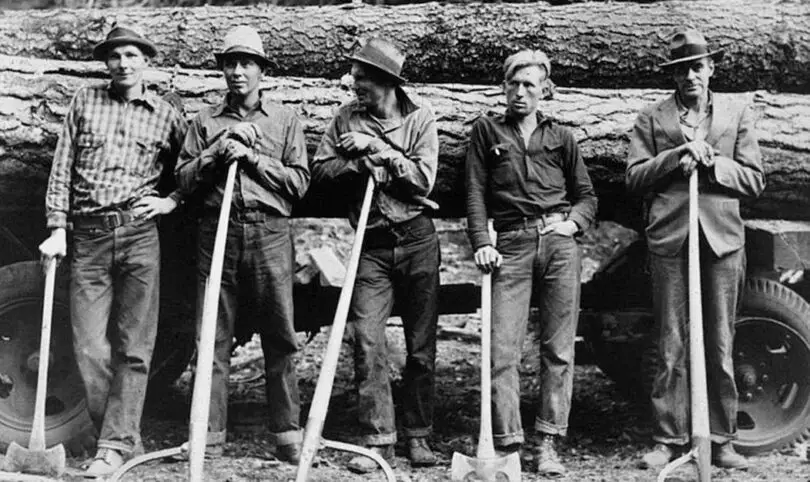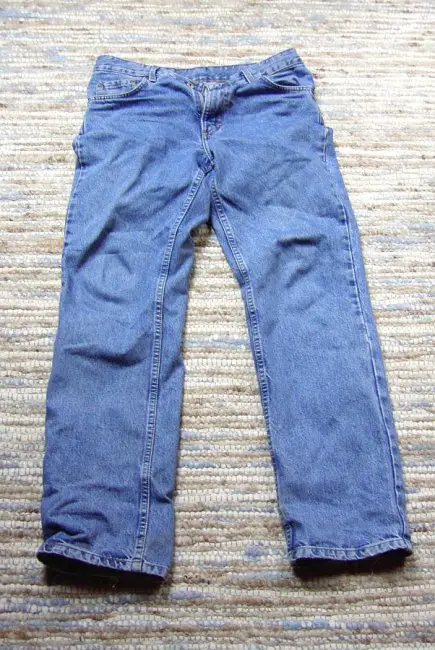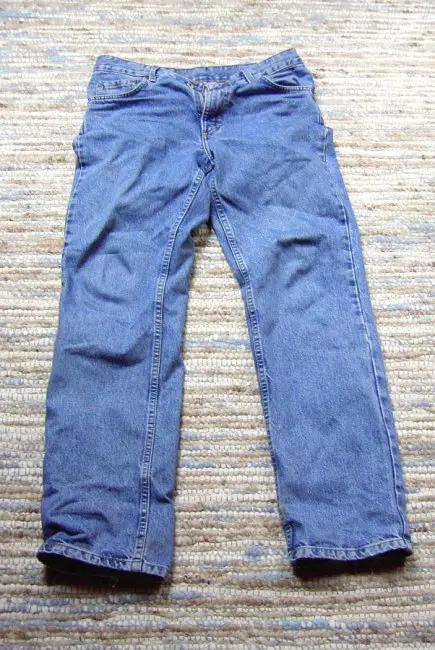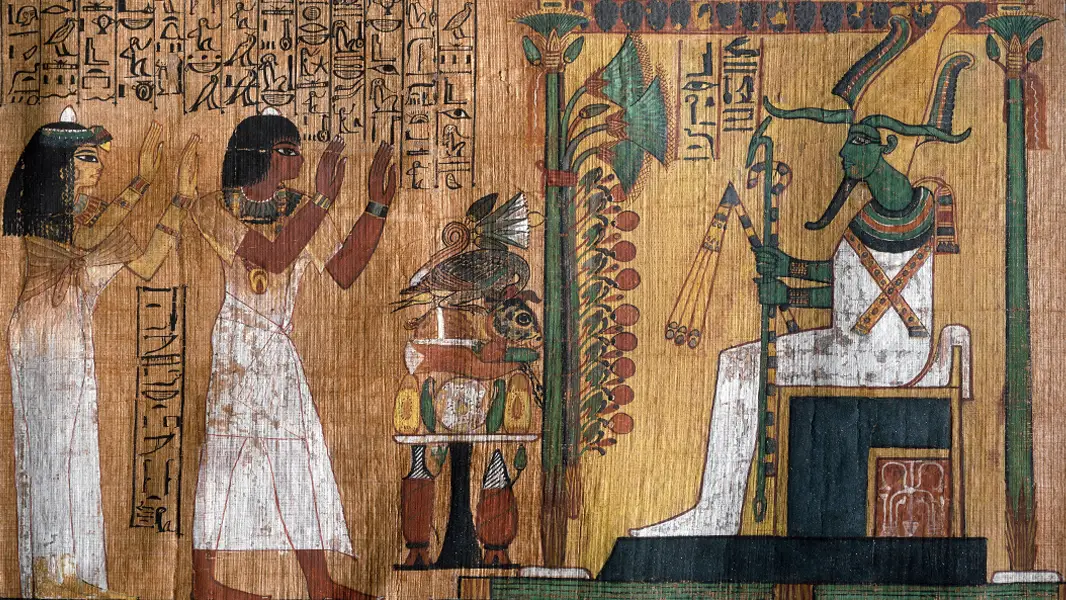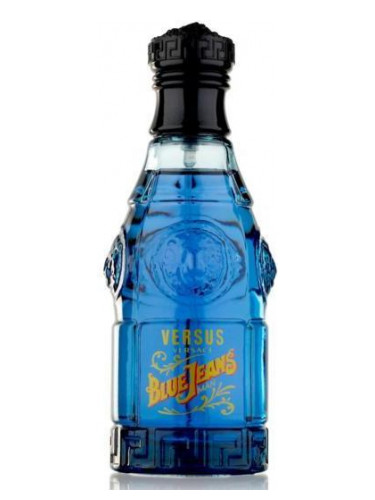Denim comes from cotton, and it is a sturdy fabric commonly used in the production of clothing. Denim’s origins can be traced back to the town of Nîmes in France, where it was initially known as “serge de Nîmes.”
Today, denim is manufactured worldwide, with the majority of production concentrated in countries like the United States, China, and India. Its popularity can be attributed to its durability and versatility, making it a favorite choice for jeans, jackets, and various other garments.
Over the years, denim has evolved from being primarily workwear to becoming a fashion staple embraced by people of all ages and styles. This article explores the history, manufacturing process, and environmental impact of denim, showcasing its significance in the fashion industry.
The Origins Of Denim
Denim, the iconic fabric used in blue jeans, has a fascinating history that dates back centuries. Originally, indigo-dyed fabric was used by different cultures for various purposes, such as clothing and quilts. Its roots can be traced to the small French town of Nimes, where the fabric, known as “serge de Nimes”, was first produced. The durable nature of this fabric made it ideal for workwear.
It was in the late 18th century that denim fabric started gaining popularity in the United States. The fabric became widely recognized as an essential component of jeans, worn by workers in various industries. The durability, comfort, and versatility of denim made it a preferred choice.
Today, as denim continues to evolve, it is not just limited to jeans. It has become a staple in fashion, finding its way into jackets, skirts, and even accessories. Denim’s rich history and timeless appeal have solidified its place in the world of fashion.
The Fabric And Manufacturing Process Of Denim
Denim is a popular fabric that has become synonymous with jeans. It is made from a durable cotton twill weave, known for its diagonal pattern. The fabric is composed of cotton fibers, which give it strength and durability, and sometimes blended with other fibers such as polyester or spandex for added stretch and comfort.
There are different types of denim weaves, including the most common ones such as the twill weave, which creates the iconic diagonal pattern. Other weaves include the broken twill, herringbone, and the rare but visually appealing selvage denim.
The dyeing and finishing process of denim fabric is an important step in its manufacturing. It typically involves indigo dyeing, which gives denim its characteristic blue color. After dyeing, the fabric may undergo processes such as enzyme wash, sanding, or distressing to achieve the desired look and feel.
The Production Locations Of Denim
Denim, the beloved fabric used in jeans, has an intriguing history rooted in various parts of the world. Cotton production plays a crucial role in the creation of denim. Cotton is cultivated in several major denim-producing countries including the United States, China, India, and Pakistan. These countries have abundant resources and advanced techniques for growing cotton, which is then processed to make denim fabric.
Once the cotton is harvested and processed, it is sent to denim mills where the fabric is manufactured. Notable denim manufacturing centers can be found in many countries, such as the United States, Japan, Italy, and Turkey. These centers are known for their expertise in creating high-quality denim, often using innovative techniques and machinery.
In conclusion, the production of denim involves cotton cultivation in major denim-producing countries and the manufacturing of fabric in multiple denim mills around the world. The combination of these factors contributes to the global production and availability of denim.
Raw Denim
Denim, a popular fabric used in the production of jeans, has an intriguing origin. Raw denim, also known as selvedge denim, is a type of denim that undergoes minimal processing, giving it a unique and distinct quality. The characteristics of raw denim include a stiff and rigid texture, deep indigo color, and a tendency to develop unique patterns as it fades over time. The process of breaking in raw denim involves wearing the jeans regularly to allow the fabric to mold to the wearer’s body, resulting in a personalized fit and beautiful fading patterns.
The appeal of raw denim fading lies in its ability to tell a story through its unique wear patterns, showcasing the individual lifestyle and experiences of the wearer. Denim enthusiasts are drawn to the authenticity and craftsmanship behind raw denim, appreciating the time and effort required to achieve the desired fading results. By understanding the origins and characteristics of raw denim, one can develop a deeper appreciation for this timeless fabric and the art of denim fading.
Stretch Denim
Denim has become a staple in fashion, and the introduction of stretch denim has further increased its popularity. This versatile fabric incorporates elastane, a synthetic fiber that provides added stretch, comfort, and flexibility to denim. The incorporation of elastane in denim has revolutionized the way we wear jeans, offering a more form-fitting and comfortable fit.
One of the main advantages of stretch denim is the enhanced comfort it provides. The stretchiness of the fabric allows for greater freedom of movement, making it ideal for active individuals. Additionally, stretch denim conforms to the body’s shape, providing a flattering fit that hugs the curves.
However, there are some considerations to keep in mind when opting for stretch denim. While the added stretch can be beneficial, it may result in the fabric losing its shape over time. Additionally, some people may prefer the traditional rigid feel of non-stretch denim.
In conclusion, stretch denim has revolutionized the denim industry by providing enhanced comfort and a more flattering fit. However, it’s important to consider the pros and cons to determine if stretch denim is the right choice for you.
Distressed Denim
Distressed denim has become a popular fashion trend, with many people embracing the worn and torn look of these jeans. There are various techniques used to create distressed denim, including sanding, bleaching, and ripping. These techniques give the jeans a vintage and lived-in appearance, adding character and uniqueness to each pair. Pre-faded and pre-ripped denim jeans have also gained popularity in the market, catering to those who want the distressed look without going through the process themselves. Whether it’s the result of a fashion statement or a personal style preference, distressed denim has found its place in the fashion industry. So next time you see someone wearing a pair of ripped jeans, remember that there’s more to it than meets the eye.
Environmental Impact Of Denim Manufacturing
The environmental impact of denim manufacturing is significant, with water consumption and pollution being key concerns. Denim production requires large amounts of water for washing and dyeing fabrics. This high water usage depletes local water sources and contributes to water scarcity in some areas.
Chemicals used in the dyeing and finishing process also pose risks to the environment. Toxic substances such as azo dyes, chlorinated organic compounds, and heavy metals are commonly used. These chemicals can contaminate waterways, soil, and air, causing harm to ecosystems and human health.
However, there are potential solutions and innovations for reducing the environmental impact of denim manufacturing. Companies are exploring alternative dyeing methods that use less water and fewer harmful chemicals. They are also investing in sustainable practices such as water recycling and treatment systems, and using organic cotton to reduce pesticide use.
By adopting these measures, the denim industry can mitigate its environmental impact and work towards a more sustainable future.
Ethical Issues In The Denim Industry
Denim, the beloved fabric found in most people’s wardrobes, has a complex supply chain with its fair share of ethical issues. One of the major concerns is the prevalence of sweatshops and labor exploitation in denim manufacturing.
Sweatshops, characterized by poor working conditions, low wages, and long hours, have unfortunately become the norm in many denim factories. This not only compromises the well-being of the workers but also violates their basic human rights.
To address these issues, various initiatives and certifications have been established to promote fair trade and sustainable labor practices in the denim industry. These aim to ensure that workers receive fair wages, have safe working environments, and are provided with social benefits.
Through these efforts, ethically conscious consumers can make more informed choices when purchasing denim products. By supporting brands that prioritize fair labor practices, we can contribute to a more sustainable and ethical denim industry.
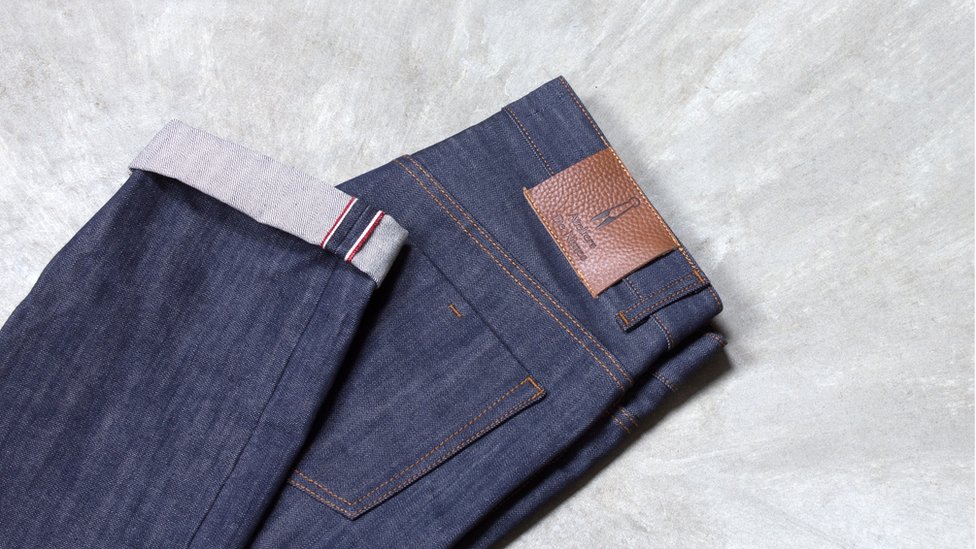
Credit: www.bbc.com
Frequently Asked Questions
What Is Denim Made Out Of?
Denim is made from cotton or a blend of cotton and synthetic fibers.
Where Is Denim Sourced From?
Denim is sourced from cotton, which is grown worldwide for its fibers used in creating this fabric.
Does Denim Come From A Plant?
No, denim is not derived from a plant. It is a fabric made from cotton.
Is Denim Just Cotton?
Denim is primarily made of cotton and is a fabric commonly used for jeans.
Conclusion
Denim, a versatile and timeless fabric, has a rich history dating back to the 18th century. From its humble beginnings as a durable material for workwear, it has now become a fashion staple worldwide. The production of denim involves several intricate processes, including spinning, weaving, and dyeing, each contributing to its unique texture and appearance.
The origin of denim can be traced back to the French city of Nîmes, where a fabric called “serge de Nîmes” was first produced. This fabric later became known as denim, taking its name from the city and the word “serge.
” Over time, denim gained popularity across the globe, especially in the United States, where it became synonymous with the American Western culture. Today, denim is manufactured in various countries, with major production hubs in China, India, and Bangladesh. The demand for this fabric continues to grow, as it is used not only for jeans but also for jackets, skirts, and other fashion items.
Denim’s durability and versatility make it a beloved choice for fashion enthusiasts and casual wearers alike. Denim has come a long way from its humble beginnings in Nîmes to its current global popularity. Its timeless appeal and adaptability ensure that it will remain a beloved fabric for many years to come.
So, the next time you slip into your favorite pair of jeans, remember the fascinating journey behind this iconic fabric.

